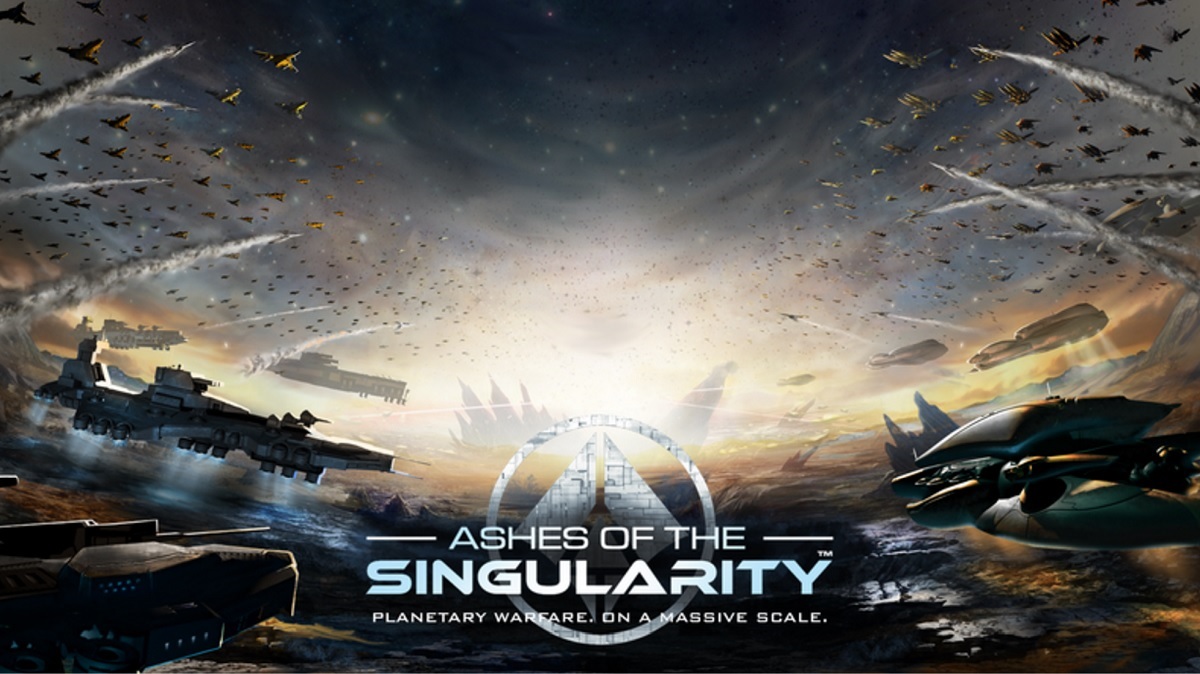Ashes of the Singularity is an upcoming real-time strategy game for the PC where tons of things can move around on the screen simultaneously. As such, it requires a lot of 3D graphics horsepower to run fluidly.
That’s why graphics chip maker Advanced Micro Devices is teaming up with game engine developer Oxide Games and publisher Stardock. Essentially, RTS games have been good at depicting small-scale battles. The goal of Ashes of the Singularity is to depict real-time wars. Thousands or even tens of thousands of 3D objects could appear on screen in such a game.

Unlock premium content and VIP community perks with GB M A X!
Join now to enjoy our free and premium membership perks.
![]()

![]()